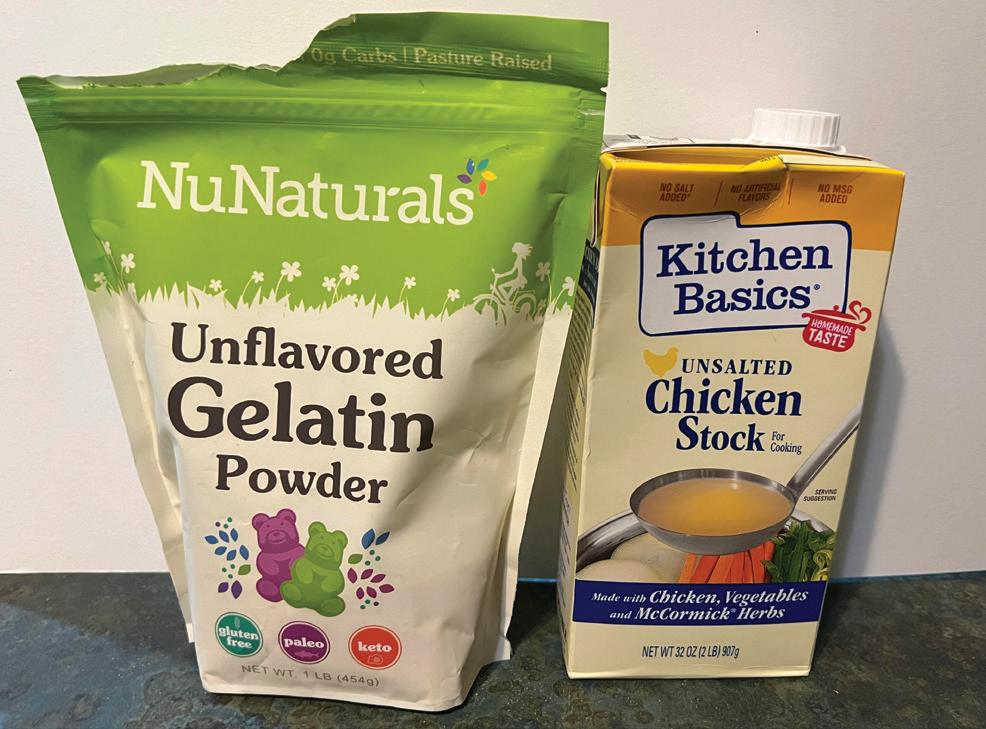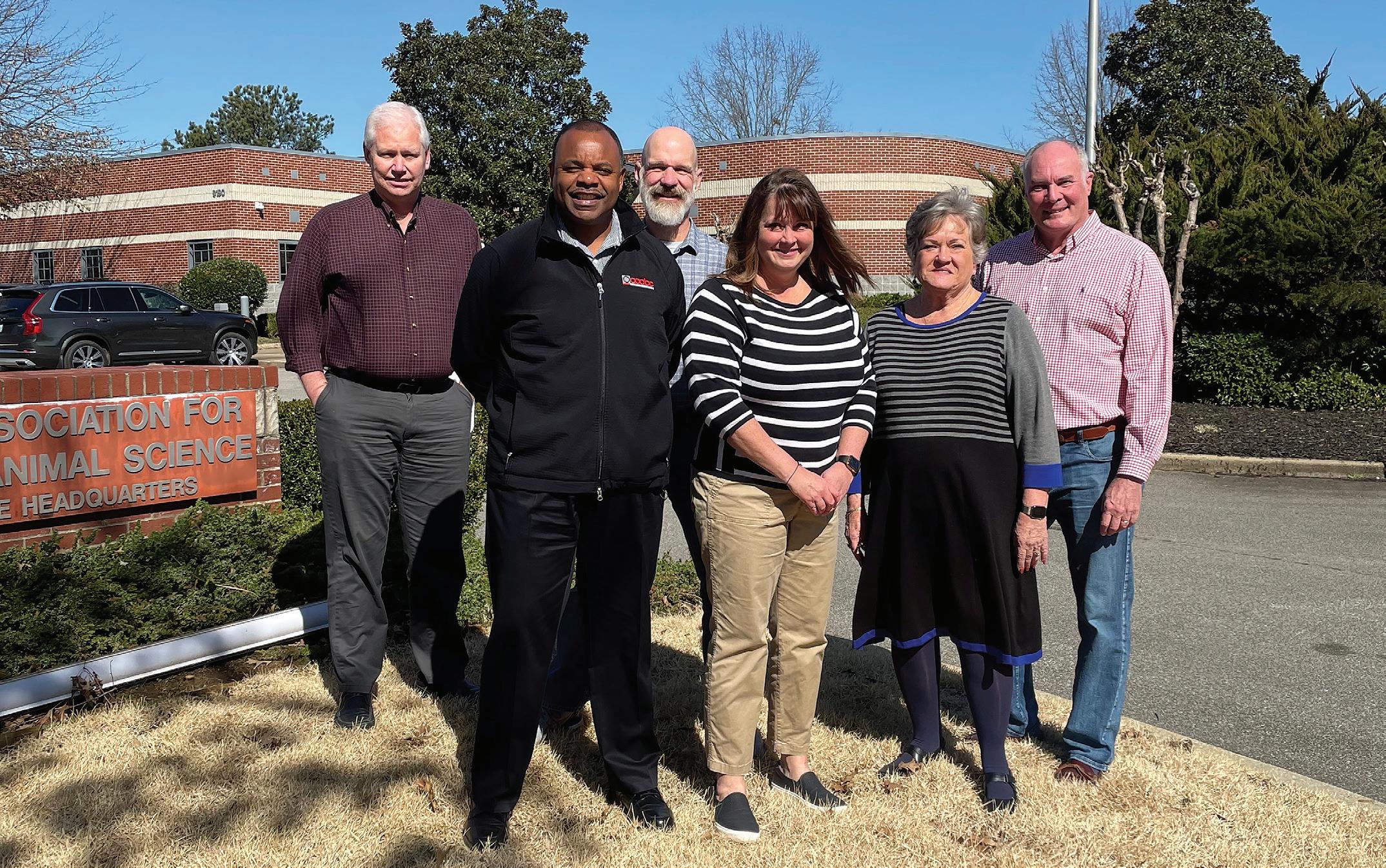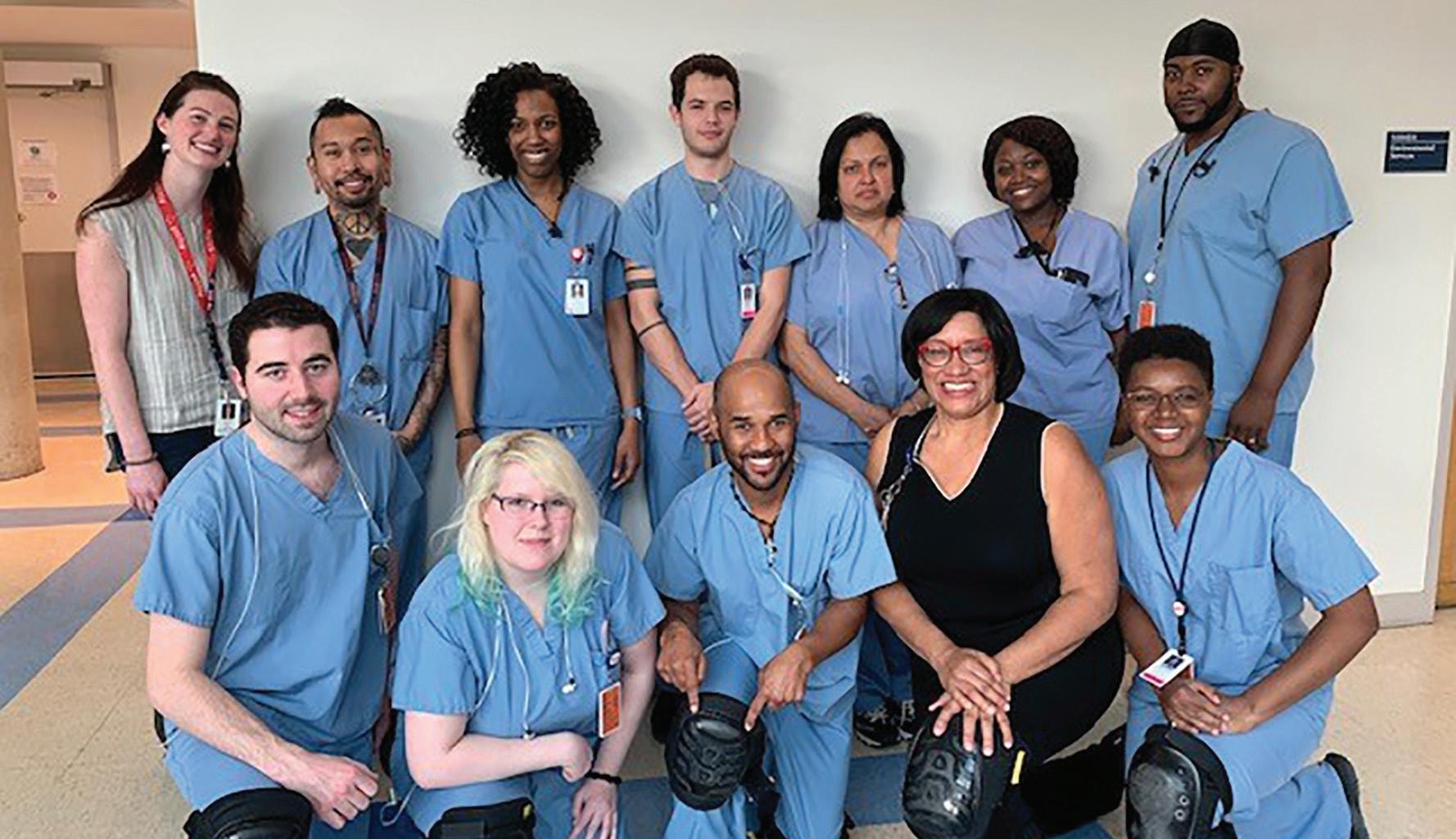of scheduling conflicts and heightened ease of access to meetings from the comfort of members’ homes. Some administrators remarked that members may log in early to the meeting to have time to visit and chat before business gets underway. Some feedback indicated that reviewers and members are better prepared to discuss protocols and agenda items than in pre-pandemic times. One big downside to virtual meetings is the inability to share a meal with colleagues, members of the community, and scientists who are all focused on supporting important animal research. Even though strong relationships can be built over meals, virtual meetings can reduce the burden on the IACUC office staff that typically coordinated these food orders and set-up of the concessions before the meeting start time. Some institutions are moving to hybrid options for both in-person and remote attendance. Business has continued to function well within virtual meetings; attendance and participation have been reported to be higher, with a greater number of members present at meetings than prior to 2020. The downside might be that members are more passive in their roles and keep camera screens ‘blank’; further, not having to solicit an audible vote has led to decreased discussion and discourse during the meetings themselves. One of the great benefits of IACUC deliberations is the sharing of multiple perspectives on ethical and regulatory issues; if this conversation is diminished, it may be a significant drawback to the continuation of virtual IACUC meetings.
36 Laboratory Animal Science Professional May 2022
Conclusion
The pandemic has significantly impacted IACUC administrative office and committee operations, but it will be exciting to see which components will remain virtual as we emerge from the pandemic and face the future of regulatory oversight. Compliance can be achieved through a myriad of methods, with training and guidance support provided consistently and with longevity. Lessons learned from the switch to virtual interactions during the pandemic may permit the reallocation of institutional resources (like funds used for travel, parking, and food at meetings) to program-wide improvements in training, education, regulatory support, and improved communications. IACUC teams are encouraged to embrace the benefits of virtual versus in-person activities to identify creative ways to maintain animal program quality and standards. Acknowledgments: We are greatly appreciative to the following individuals for their helpful contributions to this column: Madeline L Budda, DVM, MS, DACLAM (Director, Office of Animal Welfare Assurance at University of Oklahoma Health Sciences Center); Troy Hallman, MS, VMD, DACLAM (Director, Office of Animal Research Support at Yale University); Jo Ann Henry, LATG, CPIA (Assistant Director, Division of IACUC and IBC Administration at NYU Langone Health); Natalie L. Mays, BA, LATG, CPIA (Director, Division of IACUC and IBC Administration at NYU Langone Health); Gregory R. Reinhard, MBA, DVM, DACLAM (Director of Animal Welfare at University of Pennsylvania); Sandy Wilkins LVT, CPIA, LATg (IACUC Administrator at Michigan State University).








